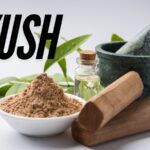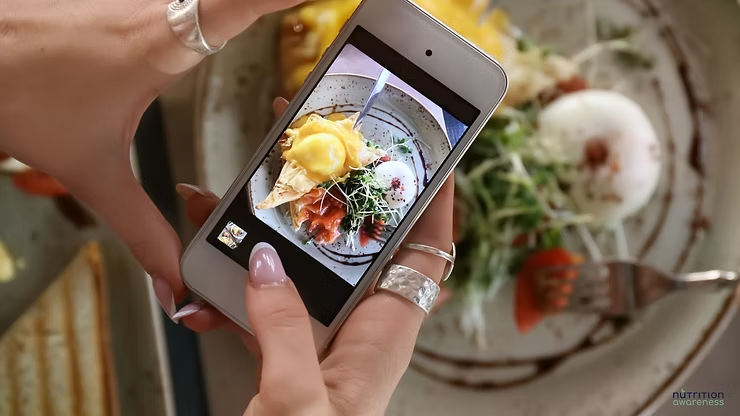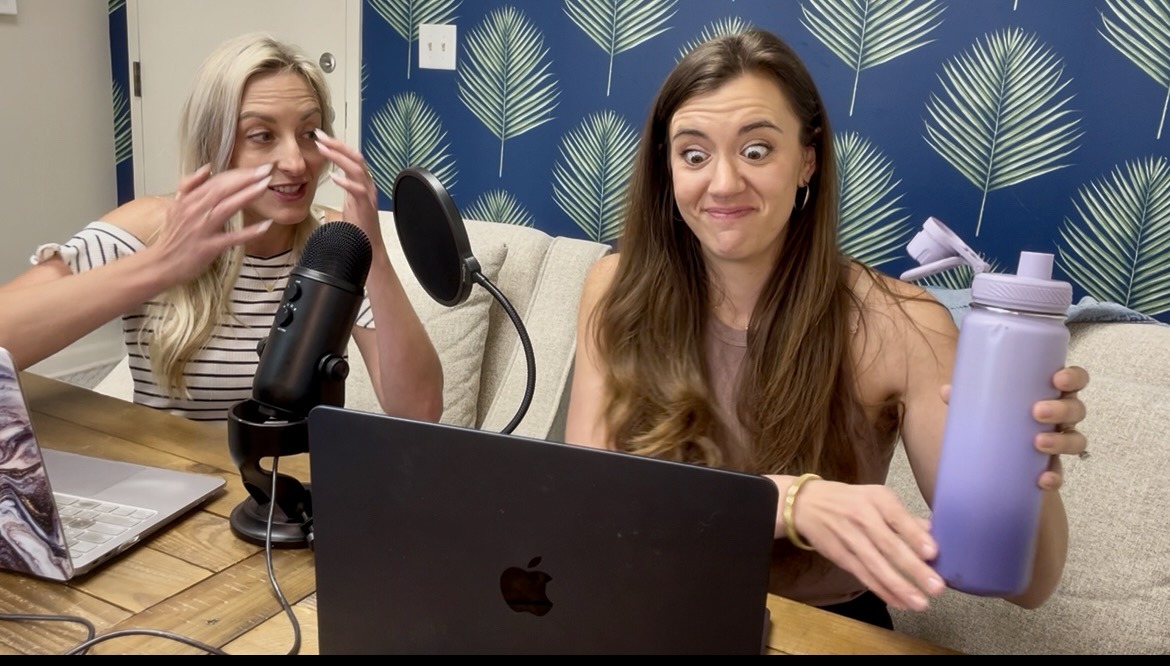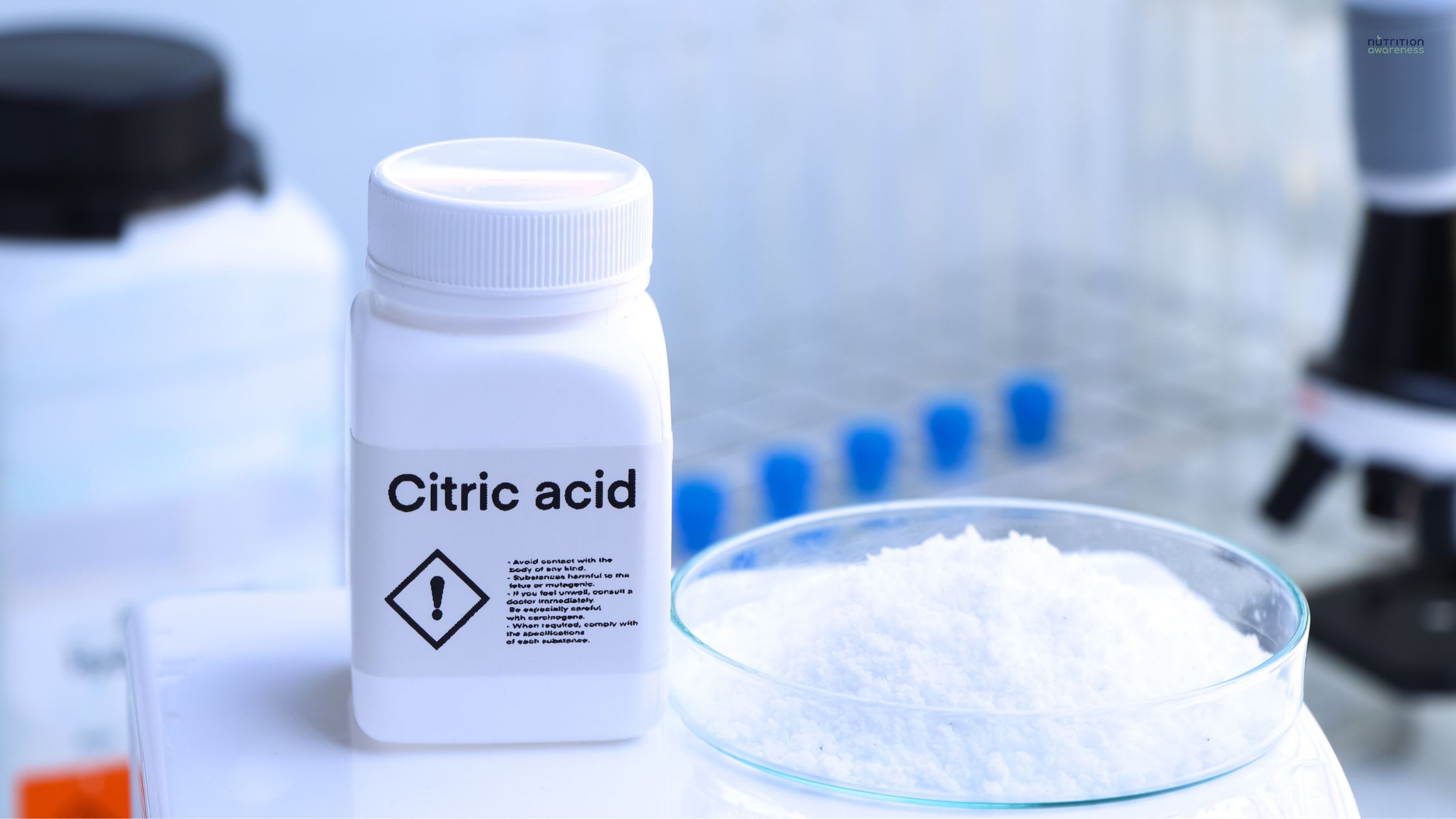
If your “For You” feed has been flooded with nutrition hacks lately, chances are you’ve stumbled across the 90-30-50 Method from dietitian Courtney (@dietitianwithtwins). Instead of calorie counting, her framework asks you to zero in on three straightforward daily goals: 90 grams of protein, 30 grams of fiber, and 50 grams of fat. Usually, we crack down on bogus TikTok nutrition advice but this method actually has some legs!
I love how this method keeps the math simple yet still covers the basics of muscle support, gut health, and hormone balance. As a dietitian who has coached thousands of clients, here’s my streamlined take on why it works and how to make it happen.
Why The Numbers Make Sense
90g Protein
Most women can build and maintain lean tissue, recover from workouts, and stay fuller longer around this mark. Think of 90g as a solid baseline you can nudge up or down based on body size and training load. Active men may need to shoot for above 90g to get the same results.
30g Fiber
Thirty grams pushes you beyond the U.S. average (a sad 15 g) and toward plants that feed your microbiome, steady blood sugar, and keep you regular. Keep in mind this fiber needs to be coming from real food, not those high fiber wraps or Fiber One bars.
50g Fat
This is a goal to hit, not a ceiling. Fifty grams delivers enough healthy fats to support hormones, brain health, and satiety without crowding out protein and fiber. Think avocado, extra-virgin olive oil, salmon, nuts, and seeds.
Real World Example
Let’s put the 90-30-50 method into practice:
A good breakfast example would be a Greek-yogurt parfait layered with berries, chia seeds, and a tablespoon of almond butter, giving you roughly 25 grams of protein, 9 grams of fat, and 10g of fiber before your day really starts.
For lunch: Chicken, Quinoa & Black-Bean Power Bowl – 1/2 cup cooked quinoa, ¾ cup black beans, 4 oz chicken, roasted peppers & zucchini, ¼ avocado, and a sprinkle of pumpkin seeds with a lime-cilantro olive-oil equals approximately 50 grams of protein, 30 grams of fat and 20g of fiber.
An afternoon snack of apple slices with peanut butter can easily get you another 5g of fiber, 8g of protein, and 9g of healthy fat.
Dinner could be a five-ounce salmon fillet alongside roasted Brussels sprouts and half a cup of brown rice giving you at least 30g of protein, 20g of fat and 5g of fiber. With a day like that you’ve easily hit the 90-30-50 targets.
Why The 90-30-50 Method Works
What makes the 90-30-50 Method appealing is its built-in guardrails. You can’t reach 30 grams of fiber on protein chips and powdered shakes alone, and you won’t hit 50 grams of fat unless you include foods like avocado, olive oil, nuts, seeds, or fatty fish—exactly the sources most dietitians recommend. At the same time, you’re not demonizing any macronutrient or clinging to strict calorie caps and instead you’re focusing on hitting positive benchmarks that naturally curb ultra-processed foods and keep calorie intake reasonable.
Of course, no framework is perfect. Jumping from 10 grams of fiber to 30 overnight can leave your gut bloated and cranky, so ramp up gradually and drink plenty of water. Highly active lifters or larger bodies may find 90 grams of protein isn’t enough, while smaller, sedentary individuals could thrive closer to 70-80 grams. And if decades of low-fat messaging still echo in your head, deliberately eating 50 grams of fat may feel counterintuitive—yet your hormones, skin, and mood will likely thank you once you lean into extra-virgin olive oil, salmon, and mixed nuts.
To make the transition smoother, front-load protein early in the day and track your meals for one week to see which target you routinely miss. Based on your findings from that week, make some tweaks. Note how your energy, digestion, and satiety feel, then again tweak the numbers up or down—or partner with with us for a custom fit.
Bottom line: the 90-30-50 Method acts like macro training wheels—simple enough for beginners, structured enough to elicit real progress. We approve!
About the author: Megan Ware, RDN, LD, is a registered dietitian nutritionist in Orlando, FL. She owns the private practice, Nutrition Awareness, where she teaches other entrepreneurs how to maximize their productivity and performance with nutrition. She is the author of the book The Optimized Life: A Nutrition Guide for Entrepreneurs and co-host of the Nutrition Awareness Podcast.
If you want to maximize your health, wellness and happiness and decrease stress around food and your body, I would love to work with you!









